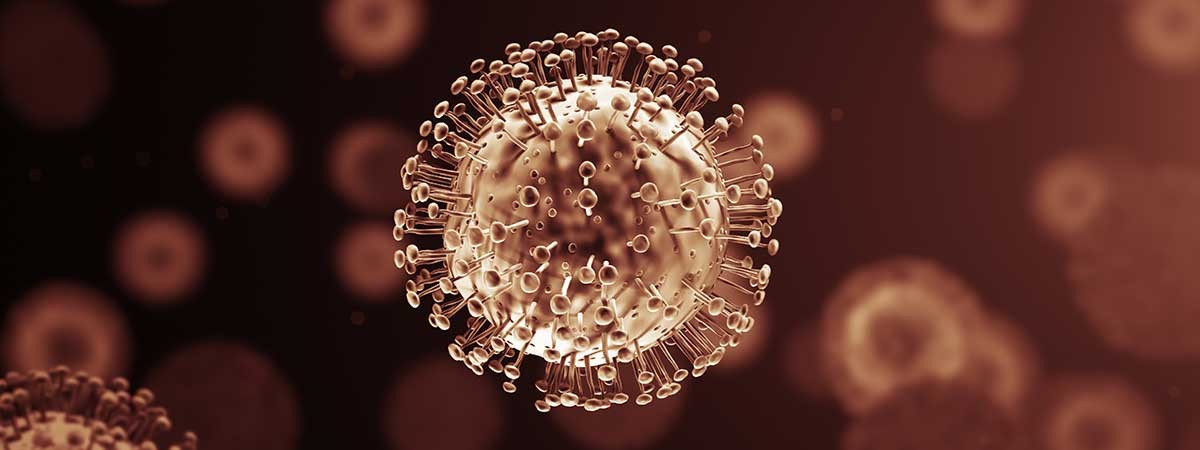Advancing into new microdimensions
The wavelength of light limits the possibilities of optical magnification. If the objects are smaller than half a micrometer, they can no longer be imaged with a conventional light microscope. Although most bacteria can be identified in this manner, the much smaller viruses, for example, cannot. Other physical units are required to make them visible.Ernst Ruska and Max Knoll relied on electrons. In 1931, they developed the first transmission electron microscope (TEM) at the Technische Hochschule (Technical University) in Berlin-Charlottenburg. This enabled them to open up previously unknown microdimensions for the human eye. They were the first to be able to image and observe the crystal structure of a thin metal foil.
Particles instead of light
In light microscopy, the light waves are passively captured and split up through lenses. The magnification results from this optical effect. It works completely differently with the TEM, which uses an electron source: The electrons are actively accelerated and directed as a focused beam onto the object to be observed. There is an interaction of the particles with the observed object. Microscope images are created by evaluating their paths after contact. Since the wavelength of the tiny particles is in the range of a few picometers, electron microscopy can show structures in the nanometer range in a differentiated way.With the TEM, the beam electrons that have penetrated the object are evaluated. However, this only works with very thin layers; the samples often require complex preparation. This is superfluous with the scanning electron microscope (SEM). Its electron beam can also scan three-dimensional objects in a grid pattern. A part of the beam electrons is reflected, while further electrons are released from the object. The device "catches" these particles and creates the image from them. This is how, for example, images of tiny creatures are generated, which often remind us of fantasy monsters when enormously magnified.
Imaging works in the TEM like in the SEM but only if the electrons are not deflected on their path to and from the object. So there must not be any air molecules in the way. High vacuum is therefore always inside electron microscopes, which is produced by a suitable vacuum pump. The Busch Group offers various solutions for this.
